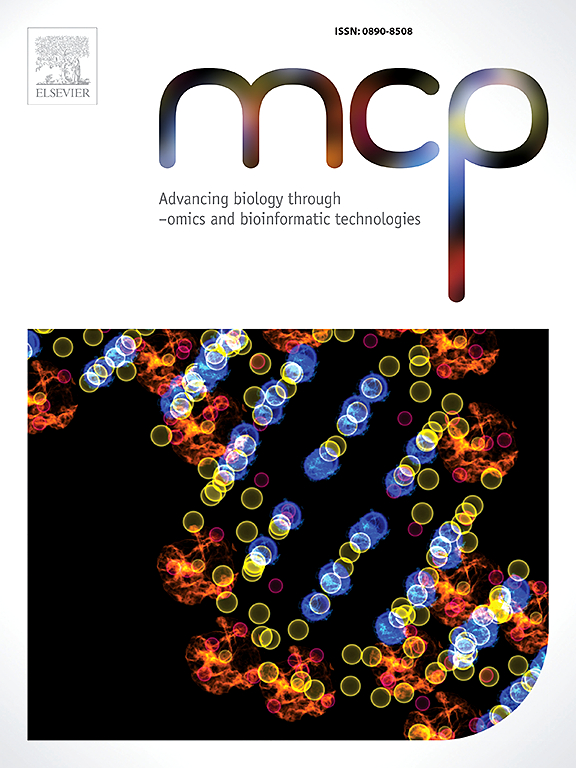垂体神经内分泌肿瘤(PitNETs)的发病机制和治疗进展:从分子机制到新兴疗法。
IF 3
3区 生物学
Q3 BIOCHEMICAL RESEARCH METHODS
引用次数: 0
摘要
垂体神经内分泌肿瘤(PitNETs)起源于垂体前叶神经内分泌细胞,占颅内肿瘤的10-15%。虽然大多数是良性的,但它们靠近关键结构,如视交叉和海绵窦,会导致严重的神经内分泌功能障碍和肿块效应。2022年世卫组织分类将其从“垂体腺瘤”重新命名,以强调其神经内分泌谱系,但在预后预测方面的挑战保留了传统术语。发病机制涉及基因突变(GH-PitNETs中的GNAS, ACTH-PitNETs中的USP8),表观遗传失调(mettl3介导的m6A甲基化)和信号通路畸变(cAMP-PKA激活)。目前的治疗方法——手术、多巴胺激动剂、生长抑素类似物和放疗——面临着复发和副作用等局限性。新兴策略包括靶向治疗(BET抑制剂)和免疫检查点阻断,但肿瘤异质性和缺乏预测性生物标志物仍然是主要障碍。本文综述了PitNETs的发病机制、治疗进展和研究空白,以促进精准医学和新的诊断/治疗范式。本文章由计算机程序翻译,如有差异,请以英文原文为准。
Progress in the pathogenesis and treatment of pituitary neuroendocrine tumors (PitNETs): From molecular mechanisms to emerging therapies
Pituitary neuroendocrine tumors (PitNETs), arising from anterior pituitary neuroendocrine cells, constitute 10–15 % of intracranial tumors. Though mostly benign, their location near critical structures like the optic chiasm and cavernous sinus causes severe neuroendocrine dysfunctions and mass effects. The 2022 WHO classification rebranded them from "pituitary adenomas" to emphasize their neuroendocrine lineage, yet challenges in prognostic prediction retain traditional terminology. Pathogenesis involves genetic mutations GNAS in GH-PitNETs, USP8 in ACTH-PitNETs), epigenetic dysregulation (METTL3-mediated m6A methylation), and signaling pathway aberrations (cAMP-PKA activation). Current treatments—surgery, dopamine agonists, somatostatin analogs, and radiation—face limitations like recurrence and side effects. Emerging strategies include targeted therapies (BET inhibitors) and immune checkpoint blockade, but tumor heterogeneity and lack of predictive biomarkers remain key obstacles. This review synthesizes pathogenesis, therapeutic advances, and research gaps to foster precision medicine and novel diagnostic/treatment paradigms for PitNETs.
求助全文
通过发布文献求助,成功后即可免费获取论文全文。
去求助
来源期刊

Molecular and Cellular Probes
生物-生化研究方法
CiteScore
6.80
自引率
0.00%
发文量
52
审稿时长
16 days
期刊介绍:
MCP - Advancing biology through–omics and bioinformatic technologies wants to capture outcomes from the current revolution in molecular technologies and sciences. The journal has broadened its scope and embraces any high quality research papers, reviews and opinions in areas including, but not limited to, molecular biology, cell biology, biochemistry, immunology, physiology, epidemiology, ecology, virology, microbiology, parasitology, genetics, evolutionary biology, genomics (including metagenomics), bioinformatics, proteomics, metabolomics, glycomics, and lipidomics. Submissions with a technology-driven focus on understanding normal biological or disease processes as well as conceptual advances and paradigm shifts are particularly encouraged. The Editors welcome fundamental or applied research areas; pre-submission enquiries about advanced draft manuscripts are welcomed. Top quality research and manuscripts will be fast-tracked.
 求助内容:
求助内容: 应助结果提醒方式:
应助结果提醒方式:


